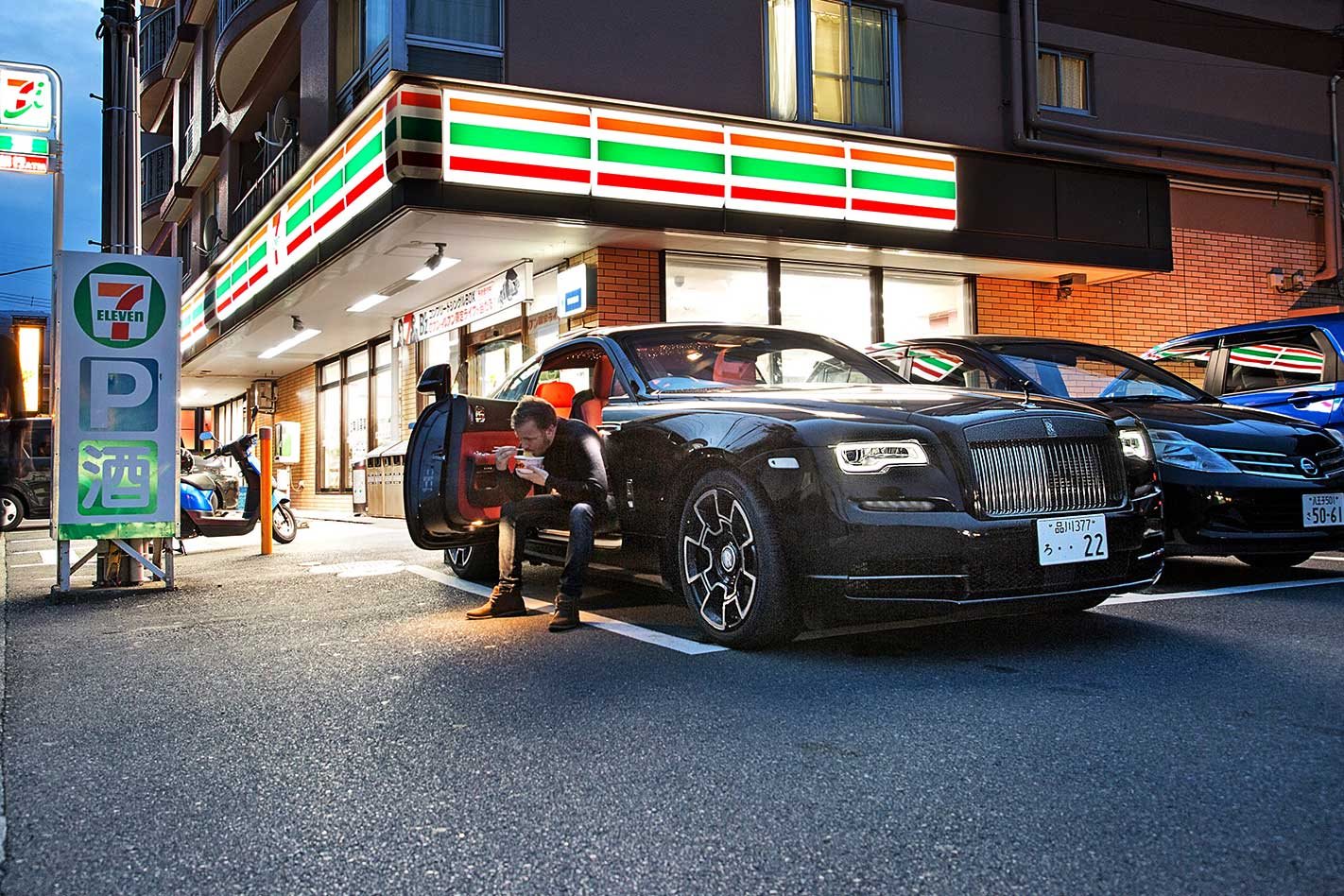An abnormally polite nuclear weapon. A velvet-wrapped asteroid smashing into the Earth. No wait, a bear wearing a dinner suit.”
Pushing – really pushing – a 2.5-tonne 2019 Rolls-Royce Wraith Black Badge up one of Tokyo’s most iconic mountain roads, all 12 cylinders charging hard as the smell of brakes now cooked past the point of medium-rare and fast approaching well-done wafts into the usually sweet-scented cabin, does strange, warping things to your mind.
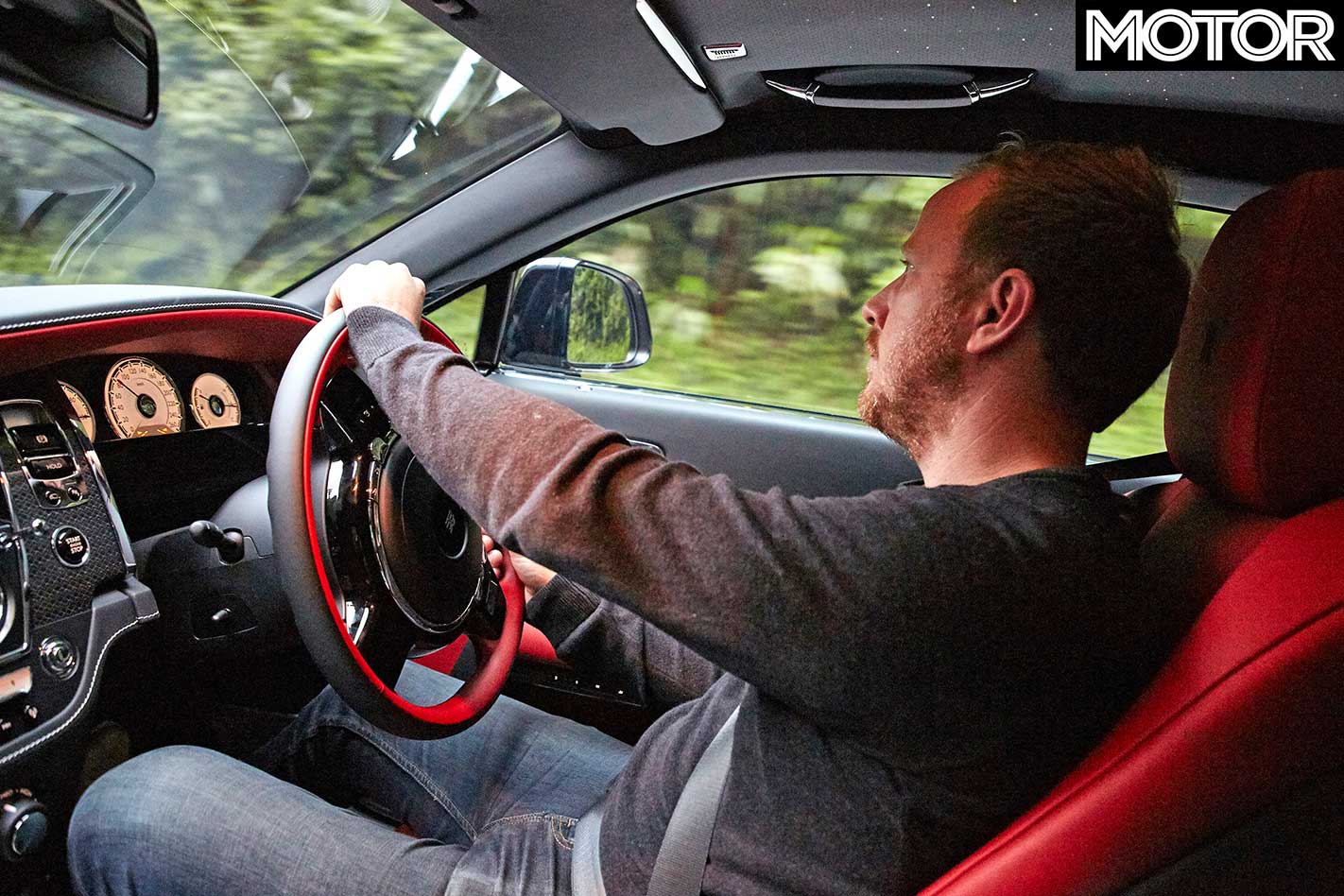
Imagine sitting in a plush hotel suite that suddenly and unexpectedly launches into space, for example, or relaxing in a leather-soaked cigar lounge that’s suddenly fired from a cannon. The speed of the scenery whipping past the windows tells you that you’re definitely moving at a substantial clip, but there’s still a sensible part of your brain that insists that what’s happening simply isn’t possible.
And so my scrawled notes of the experience are less a considered insight and more the kind of insane ramblings of someone who might live in a sealed bunker. Which is why we’re left with… a bear wearing a dinner suit.
The truth is, though, it really is like a black-tie bear, all angry and bristling intent hidden beneath an acreage of hand-polished paint and soft leather. Because this is a Roller unlike any to have rolled before it.
Money has changed, you see. Or more specifically, the kinds of people with enough money to buy a Rolls-Royce have changed. Where once they were the captains of industry, royals and the old-money rich, the target market has now shifted. Annoyingly, it’s gotten much, much younger.
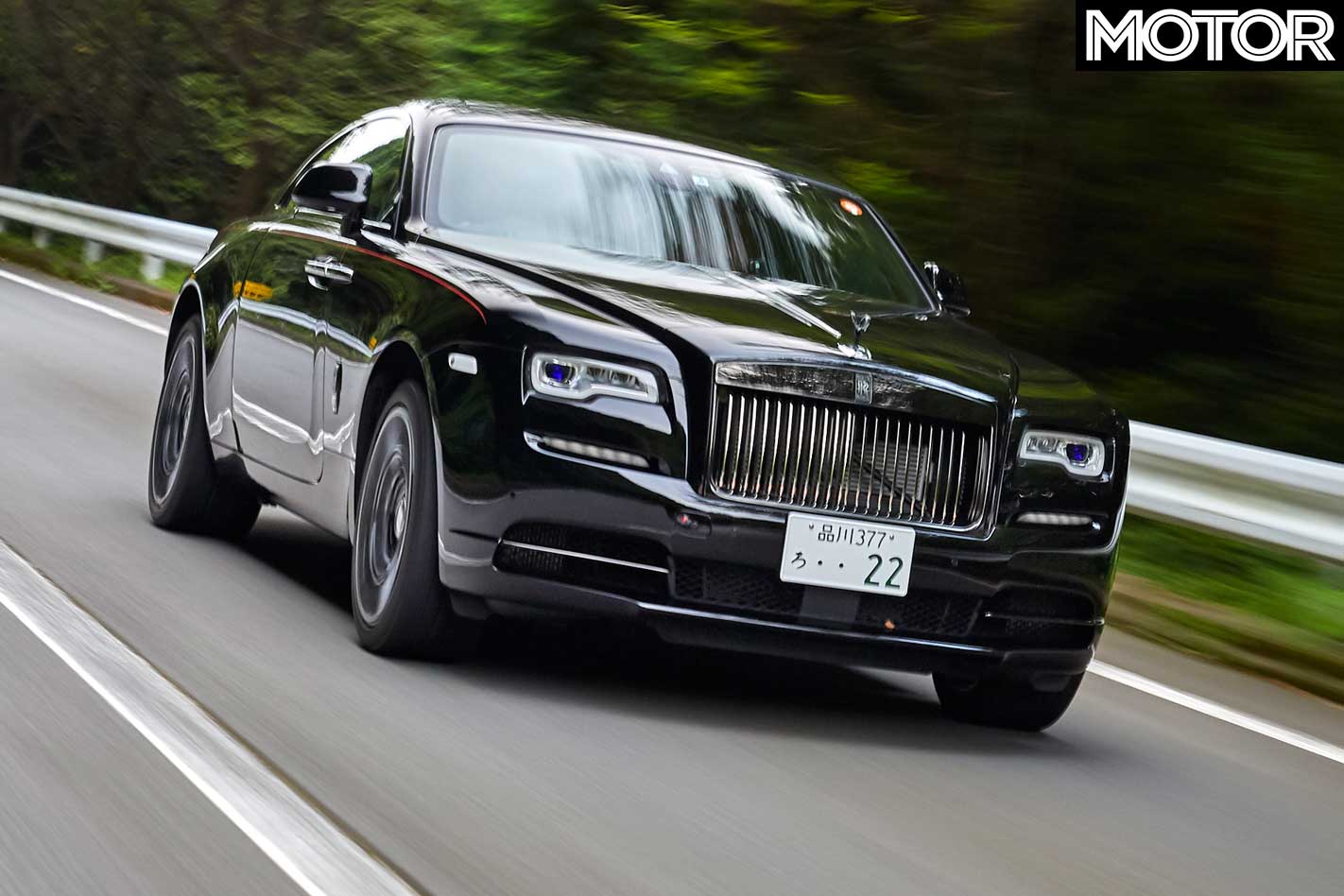
Silicon Valley types (and not just Zuckerberg – the number of 20-year-old billionaires is genuinely unbelievable. Google it if you want to feel like a failure) has forced Rolls into targeting a new demographic, one that’s less interested in being chauffeured and more interested in driving themselves. And the Wraith Black Badge is the car for them.
For one, the Wraith doesn’t even have rear doors, and it’s hard to imagine someone with serious money being willing to climb awkwardly past their driver’s folded-forward seat into the back. Plus, the already prodigious power has received an entirely unnecessary boost, with that glorious V12 engine now making 465kW and a lofty 870Nm. Which is sufficient…
The silky smooth eight-speed gearbox has changed, too, with the Black Badge now more willing to cling to gears when being driven in anger, revving all the way to a particularly uncouth 6000rpm when you flatten your Louis Vuitton loafer.
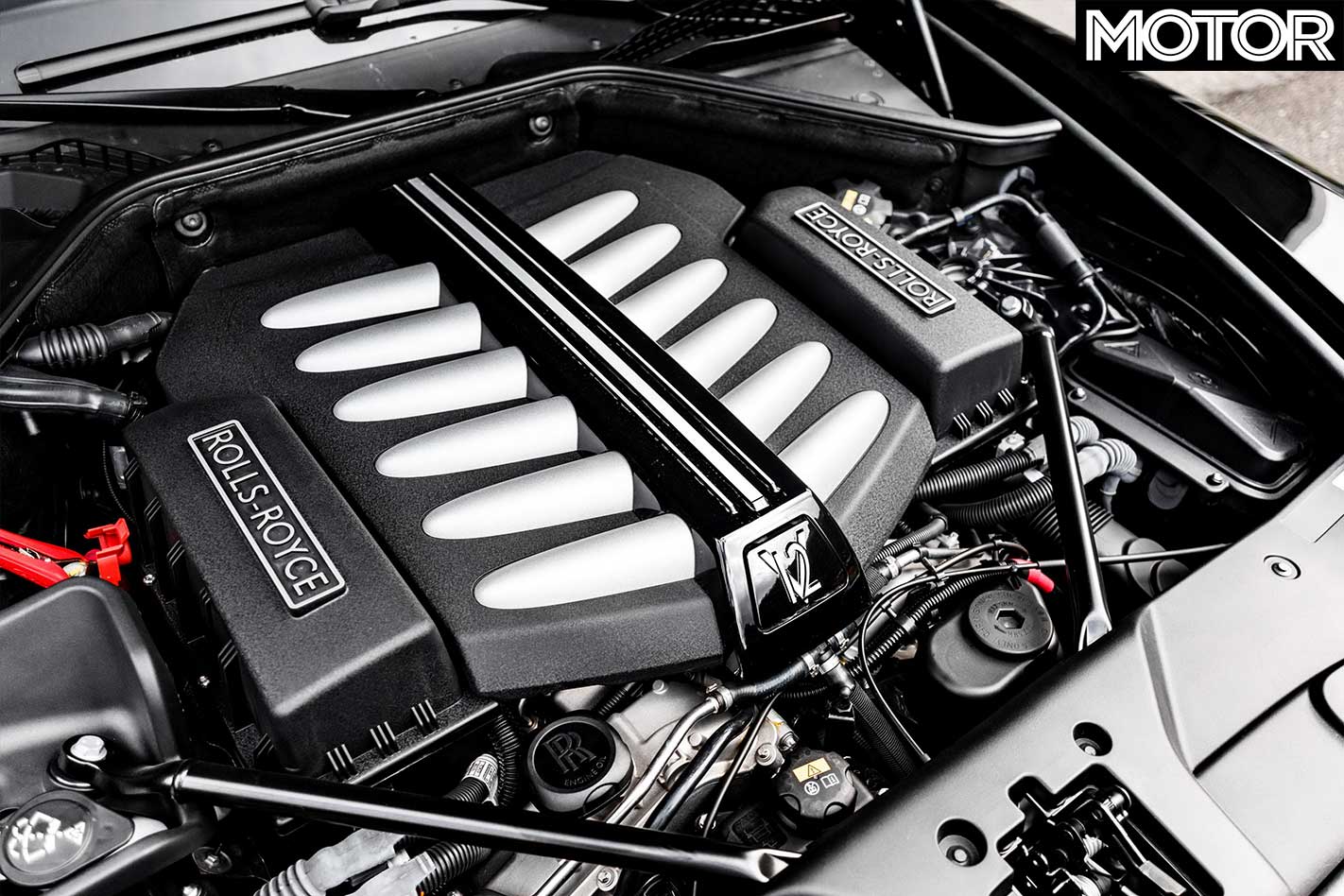
Perhaps most shockingly of all, though, the air suspension has been firmed up, injecting some of the much-needed stiffness required when something that weighs 2.4 tonnes and stretches more than 5.3 metres attacks a mountain road. And that’s a very big deal for a company that’s built an entire brand image around its pillow-soft wafting ride.
While pure speed isn’t the end-game here, the Black Badge is no slouch. The charge to 100km/h takes just 4.5 seconds, and this performance-fettled Wraith will push on to a limited top speed of 250km/h. That’s laws of physics-bending performance for something this big.
The point is, there’s a first-man-on-the-moon quality to experiencing this Roller at full noise, instead of watching one waft past, well-heeled owners cocooned in the backseat, barely distinguishable behind tinted windows so dark it’s like they’re made from anti-matter.
It’s vaguely poetic, then, that we should be piloting the kind of Rolls-Royce that’s never been seen before in search of something we may never see again. We’re looking for Tokyo’s famed street racers. And things aren’t going well.
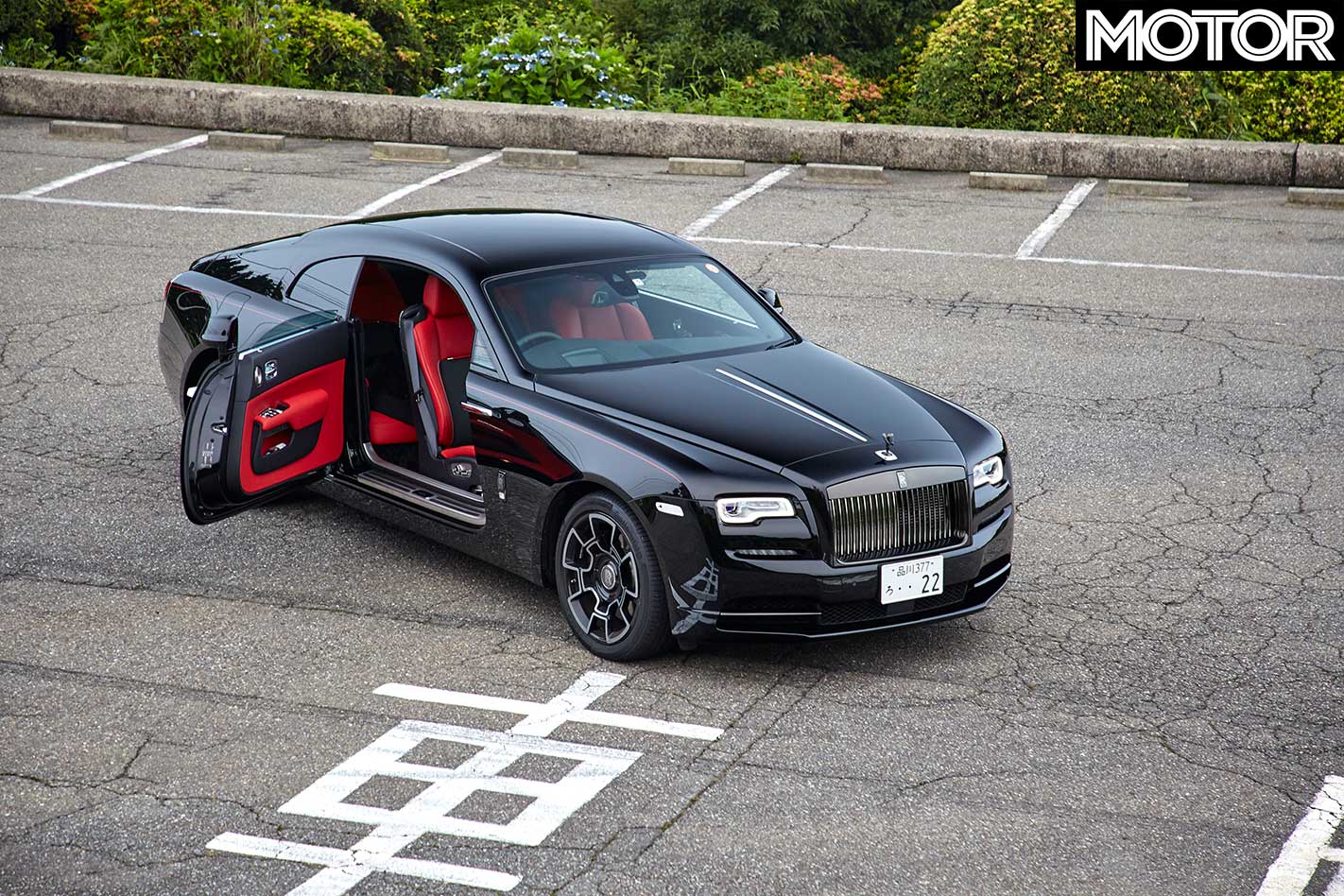
If you were approaching driving age about the same time Will Smith was recklessly shaking rooms, you’ll have a very different idea of Japan’s car culture to the young people of today. Way back before the beige wave of efficiency and safety washed over Australia, Japan was famed – the world over – for making some of the planet’s coolest cars. Not the fastest. Not the most powerful. The coolest.
Kids saved for genuinely attainable cars like a Silvia, Integra or Supra. JDM was a buzzword, a rotary engine was still a thing, and Godzilla had emerged from Japanese waters to lay waste at Mount Panorama, the echo of a million Aussie hearts breaking washing over the area around Bathurst like the fallout from an atomic bomb.
And anyone with even a passing interest in cars gazed upon Japan’s car culture, and its endless sub-cultures, with huge envy. The internet wasn’t yet a thing and social media was still years off. So we were left with brief dispatches from people who had been there to see it; snippets of information, printed photos and videos of car meets and midnight speed runs, all of which painted a picture of unique automotive awesomeness.
Stories like Wangan Midnight (named for Tokyo’s Bayshore area) spun tales of late-night street races in the tunnels and freeways that ring Tokyo, becoming the epicentre for car culture. Additionally, the Initial D comics and then video games immortalised roads like the epic Hakone Turnpike.

But then… something happened. Those fabled automotive nameplates were retired, and replaced with things barely capable of stirring a cup of tea, let alone your heart. Worse still, young people in Japan – like just about everywhere else not called Italy – stopped caring about driving. They started getting their licences later, if at all, and a car was at the bottom of a long list of things on which to spend their money.
By 2013, a national survey found that, for 70 per cent of drivers in their 20s, the most important element of choosing a new car was cost. That would have been unthinkable even 10 years ago. Meanwhile, the entire new-car market was shrinking, from 7.7 million cars in 1990 to 4.4 million by 2014.
Depressingly, another major survey found the number of young men who even wanted a car dropped from 48 per cent in 2000 to 25 per cent by 2007. More scary numbers; there are now less than half the number of drivers under 30 than there were in 1993.
And so the culture slowed. And then slowed some more. A friend of mine who moved to Japan with the intention of joining a car club he’d read so much about (which he did) and then spent years hosting Initial D tours (which he still does), puts it bluntly.
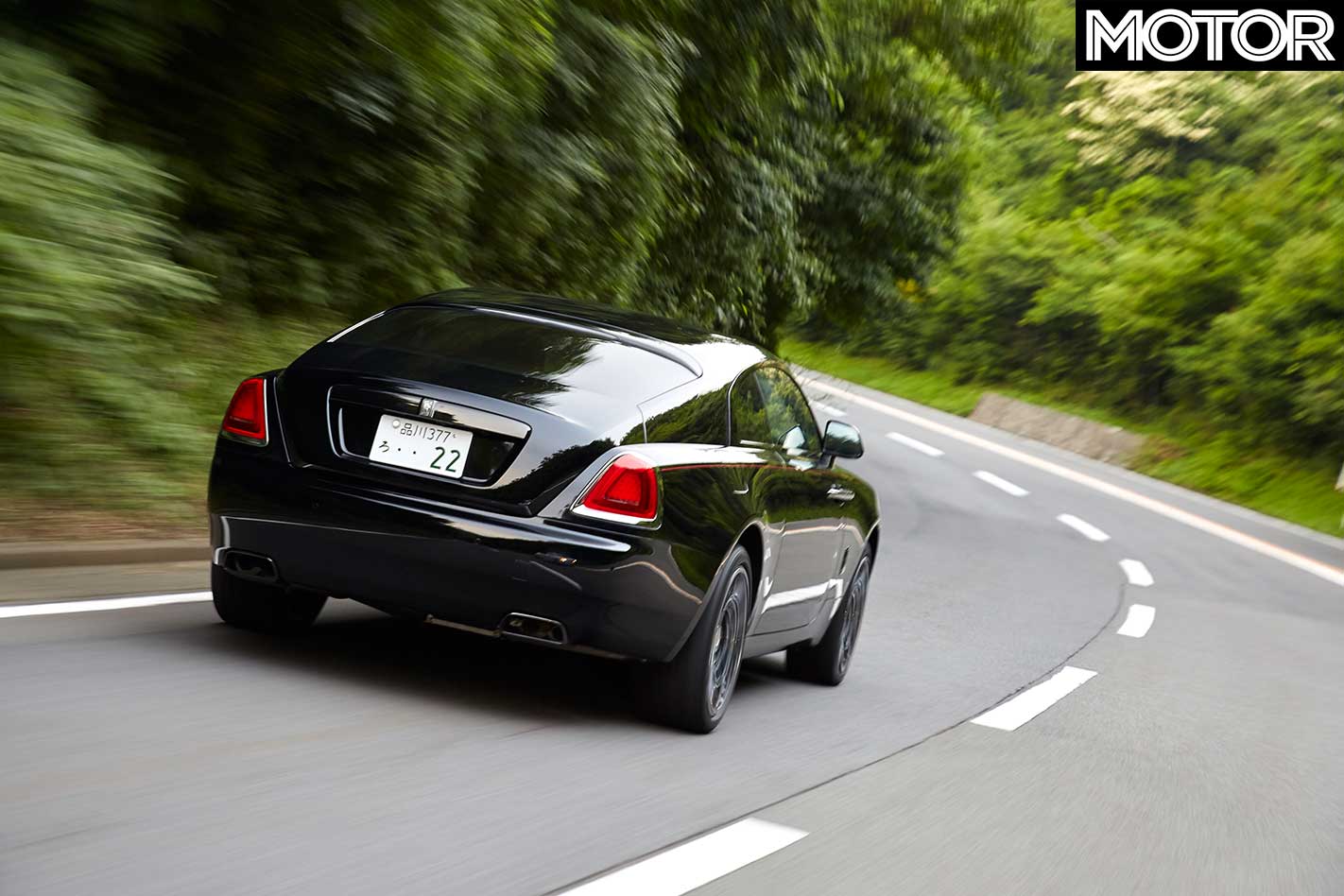
“Those clubs still exist, but the people in them are mostly the same members from 20 years ago. They’re in their 50s and 60s now, and they’ve become more social clubs than driving clubs,” he says. “There are sill meetings at the weekend, but everyone is older. Japan is like everywhere else in the world; young people just don’t care about driving like they used to.”
It’s prophetic, then, that the Hakone Turnpike – a stretch of the most perfectly preserved tarmac, serving up endless twists and turns that carry you toward Mount Fuji, and with more equally awesome driving roads spearing off it like an octopus’s tentacles – is empty when we arrive. Really empty; in the repeated runs we carried out, we saw one other car – one of those box-shaped oddities that dot Japan’s roadways.
So our search continues, carrying us below the beating heart of the city, through the vast tunnel network that flows beneath the surface streets. This is Mid Night Club territory, a famed group of street racers that would turn these tunnels into impromptu drag strips throughout the 1990s. Entry was strictly limited to cars with a top speed of 250km/h or higher, meaning our Rolls-Royce Wraith Black Badge would just make the cut. That speed bit was important; police cars were limited to 180km/h, and so catching a flying racer was virtually impossible. As long as the roads were straight.
But tonight the tunnels are empty, save some slow-moving traffic doggedly sticking to the prescribed speed limit. Our search must continue, and there’s only one place left to look.
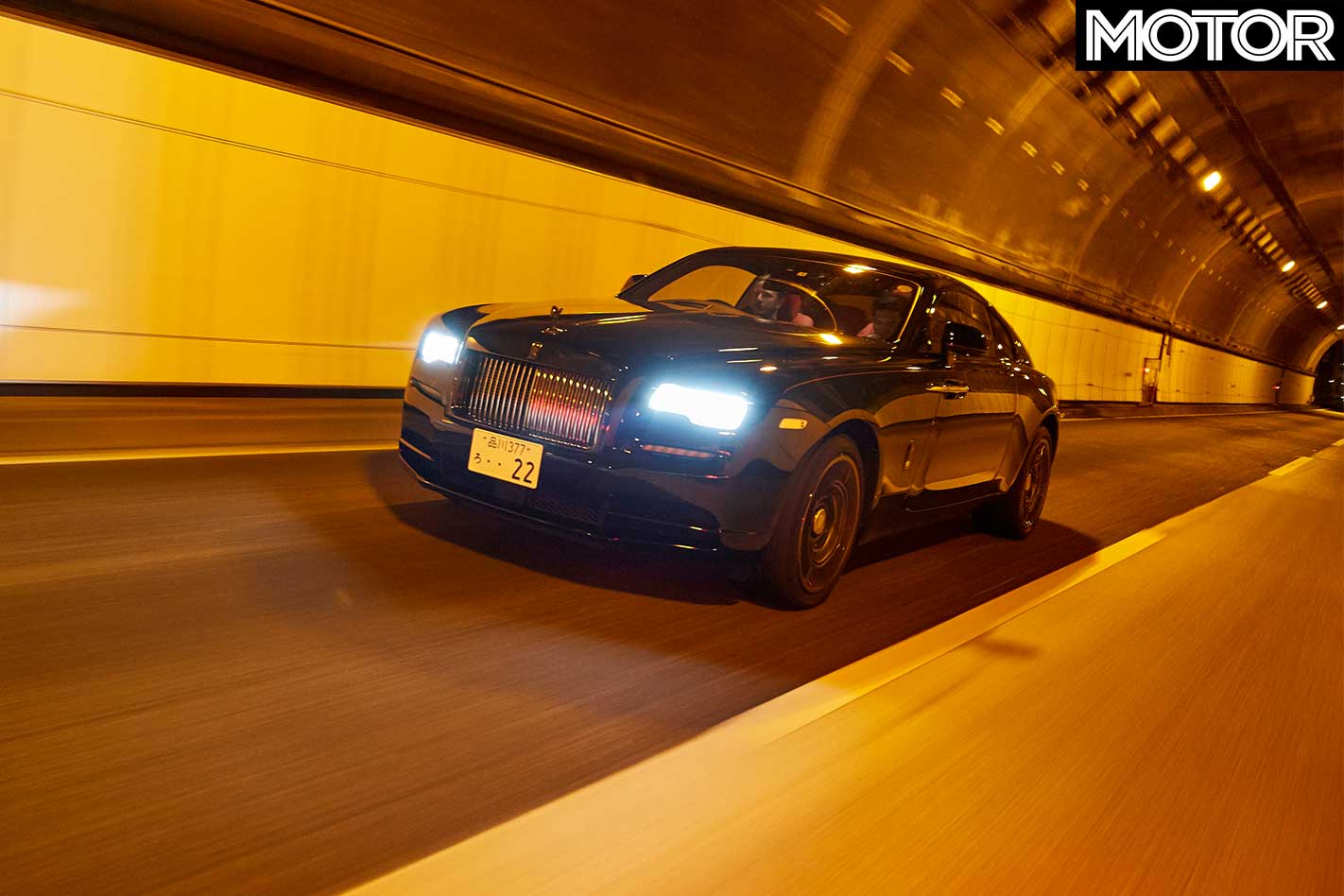
It has just gone 11pm when we finally find them, huddled over a row of tuned rides, the red glow from their cigarette tips bouncing off the kind of dented and battle-scarred paintwork that proves the drifting learning curve can be plenty sharp.
They’re in their early 20s, and standing behind the still-burbling exhaust of an R32 Skyline, Toyota MkII and a first-generation MX-5. They’re street racers, no doubt; their rear plates are bent skyward like they’ve been caught in rising flood waters, a trick to foil the speed cameras.
But besides these three young dudes driving cars almost as old as they are, Tokyo’s infamous Daikoku Parking Area is empty. Weird for a Thursday night, and weirder still considering we’re standing in the spiritual home of Tokyo’s car counter-culture.
“When we were in junior high, about 14 years old, we really looked up to the street racers who were in their 20s, and we decided we wanted to work and save up money and buy our own cars so we could be racers, too,” one of the boys, who chooses to remain anonymous, tells me.
“But compared to 10 years ago, the scene has died down quite a lot. It’s not the police. We can escape them. It’s just that we’re the only ones who are interested now.”
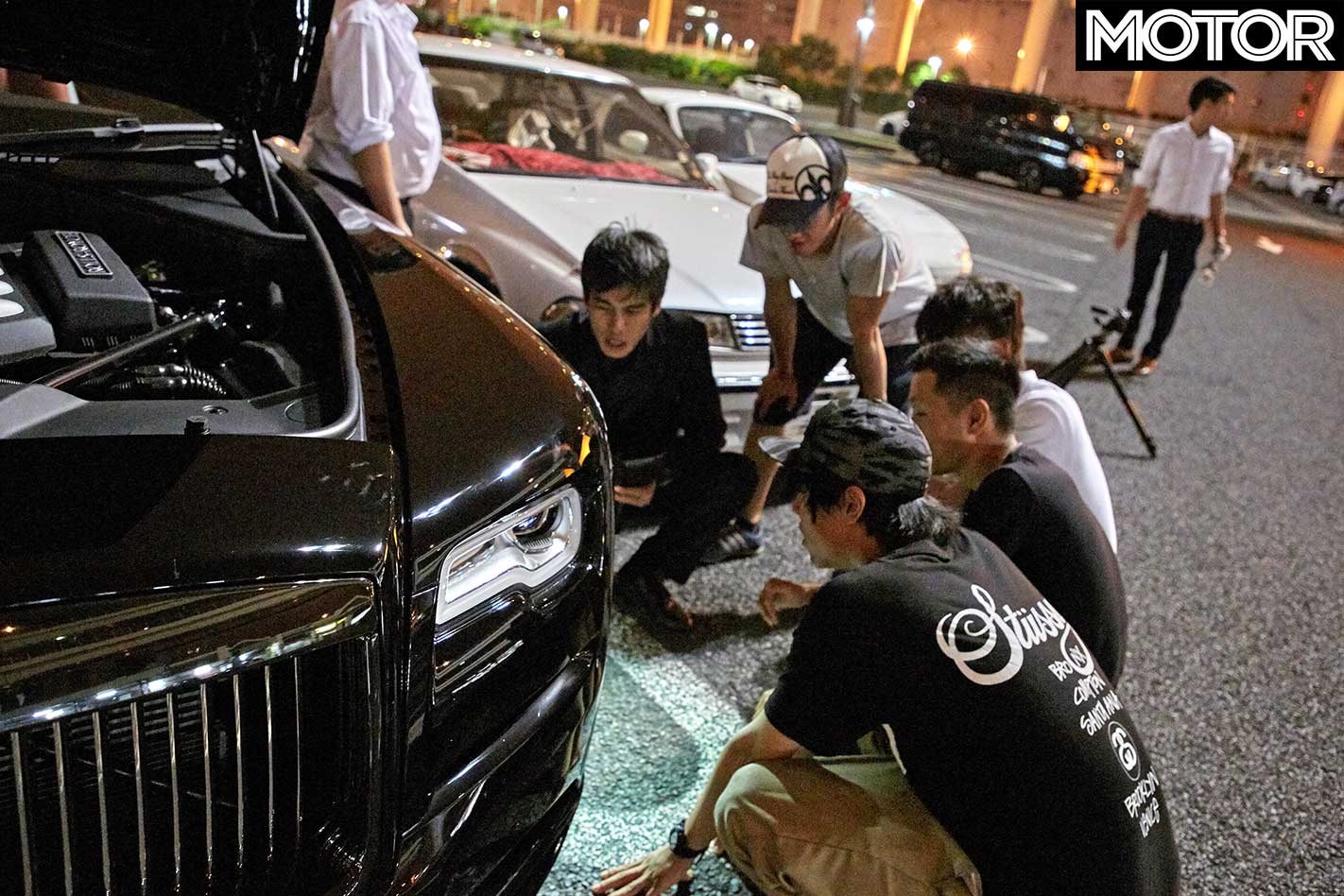
And so a search that began as the sun set over the Hakone Turnpike is at last over, and as we’re talking, more and more cars arrive. A 911 Turbo, a C63 AMG, a stunning Ferrari 360 Scuderia join the ostentatious Black Badge.
Better still, a crowd is gathering around the Rolls-Royce. It begins with the old hands, but the longer we wait, the younger the crowd gets. They’re all very excited and intrigued, climbing in an out of the Wraith for selfies, ooh-ing over the paintwork, ahh-ing over the alloys.
Perhaps there’s hope for Japan yet.
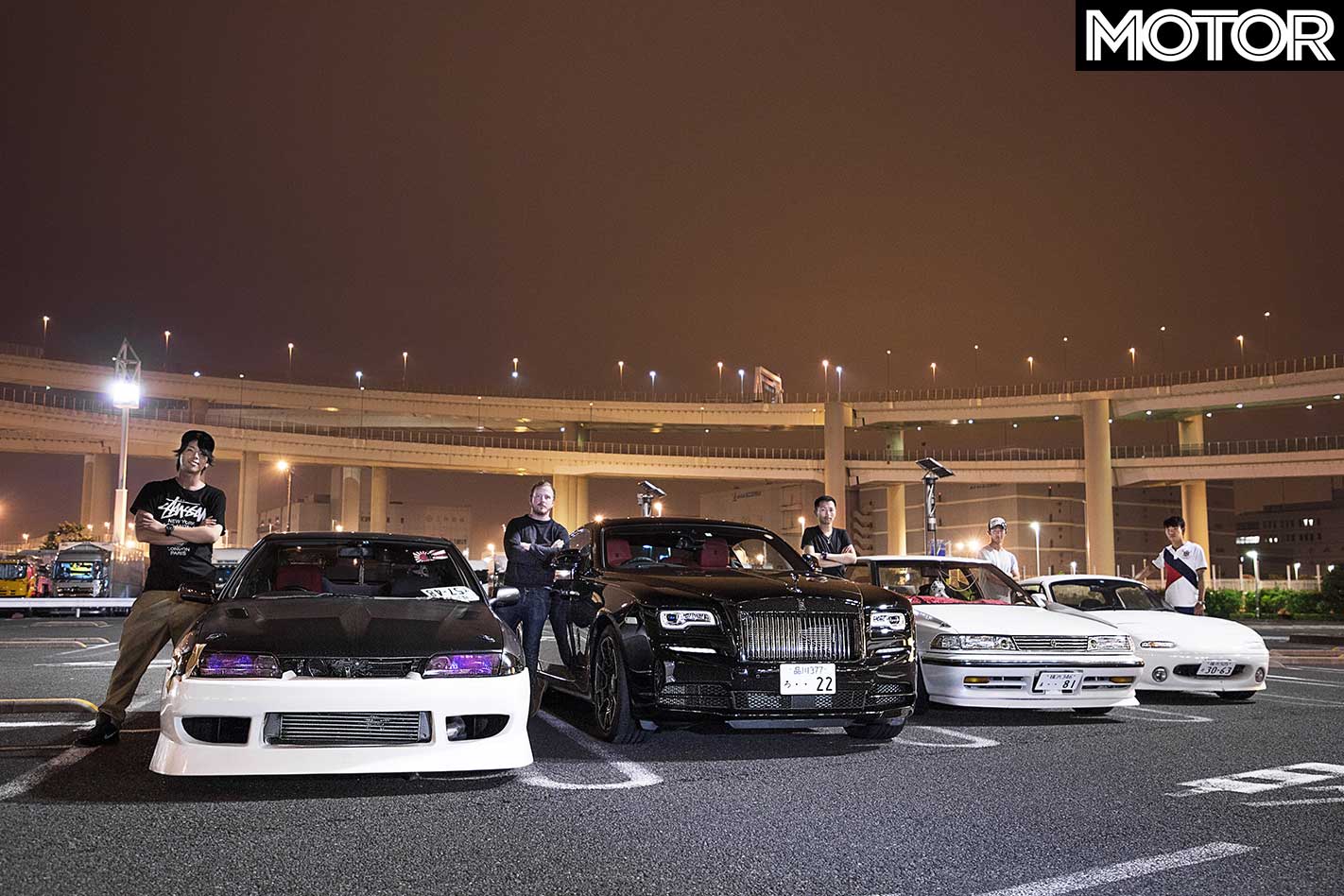
FAST FACTS 2019 Rolls-Royce Wraith Black Badge
BODY: 2-door, 4-seat coupe DRIVE: rear-wheel ENGINE: 6592cc V12, DOHC, 48v, twin-turbo BORE/STROKE: 89.0 x 88.3mm COMPRESSION: 10.0:1 POWER: 465kW @ 5600rpm TORQUE: 870Nm @ 1700-4500rpm WEIGHT: 2440kg POWER-TO-WEIGHT: 191kW/tonne TRANSMISSION: 8-speed automatic SUSPENSION (f): A-arms, adaptive air suspension, anti-roll bar SUSPENSION (r): multi-links, adaptive air suspension, anti-roll bar L/W/h: 5285/1947/1507mm WHEELBASE: 3112mm STEERING: hydraulically assisted rack-and-pinion BRAKES: 374mm ventilated discs, fixed calipers (f), 370mm ventilated discs, fixed calipers (r) WHEELS: 21.0 x 8.5-inch (f), 21.0 x 9.5-inch (r) TYRES: Continental ContiSportContact; 255/40 R21 (f), 285/35 R21 (r) PRICE: $745,000 (base driveaway price)
PROS: Ultimate luxury; surprising agility for size CONS: Weight still a thing; V12 too quiet RATING: 4 out of 5 stars
How to drive a JDM legend in Japan
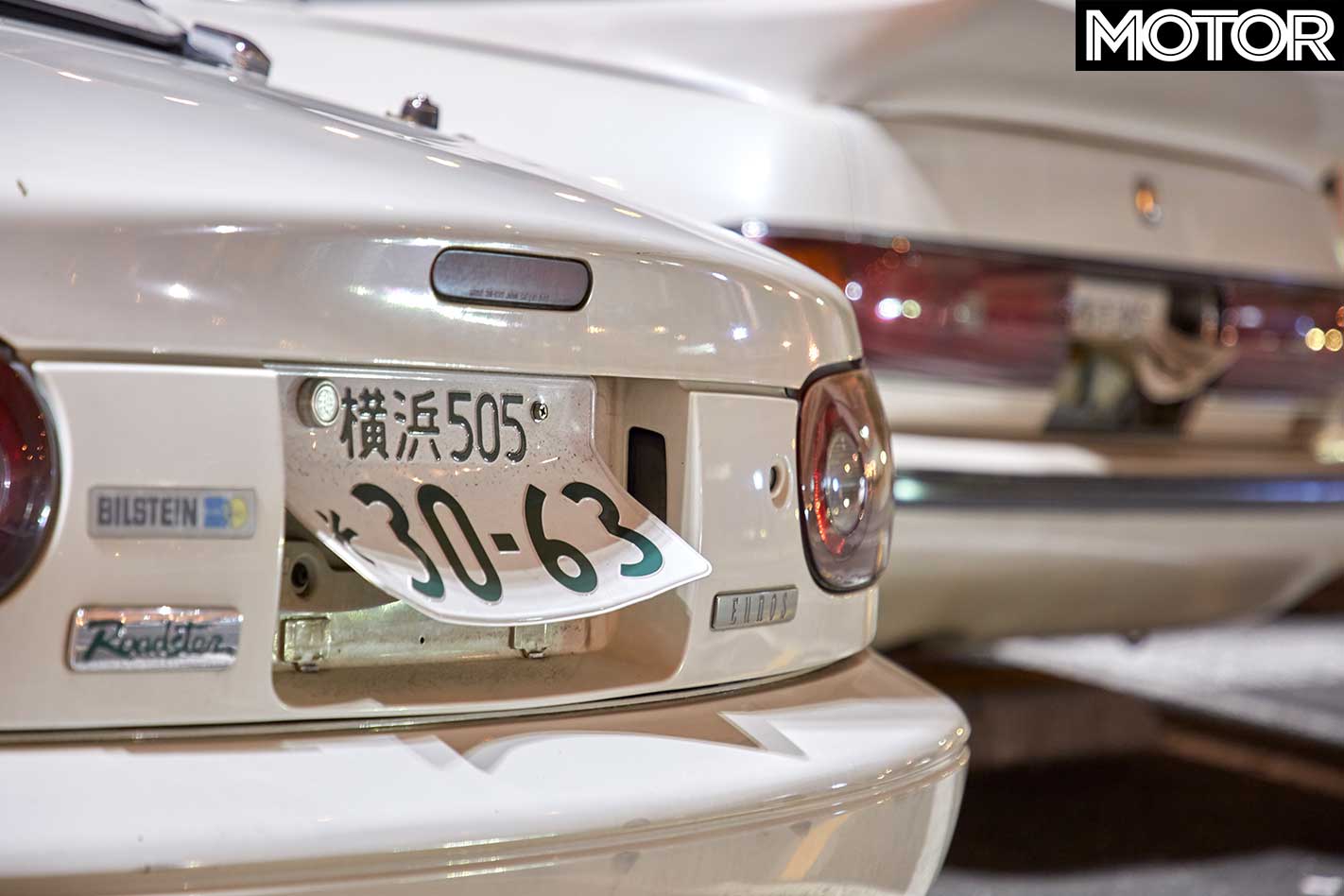
Driving Japanese classics on some of the country’s best driving roads, or recreating a scene from your favourite comic or video game, is a childhood dream for so many Aussie car fans. And if it isn’t yours, then trust me, it should be.
The good news is that it’s actually very easy to go and do it yourself, with plenty of tour firms organising everything from the car to the road to the guide. It’s that simple.
Fun2Drive is probably the best-known outfit, and can arrange a whole fleet of drool-worthy metal, be it a JDM classic or something from Ferrari or Porsche. Pricing varies, of course, but to put it into perspective, hiring an original NSX for a guided blast of the Hakone Turnpike and beyond will cost you around $600. However, there are much cheaper options, too.
If going sideways is more your thing, you can also easily sort yourself a balls-out drift weapon that you can put to use on a circuit, be it Fuji or the huge Ebisu Circuit. Some outfits won’t actually loan you a car, rather they’ll sell you one and then buy it back from you if it’s not upside down or on fire.
Google Drift Japan, who will arrange anything from a Nissan Skyline GTS-T to an E36 BMW M3, and put you to work on the Ebisu Circuit. Packages can include accommodation, meals and – most importantly – insurance.
Whatever you choose, though, you’ll need an International Driver’s Permit. They’re easy to get (provided you’re over 18), and are arranged by your state’s motoring club (so NRMA, RACV etc) at a cost of about $39

